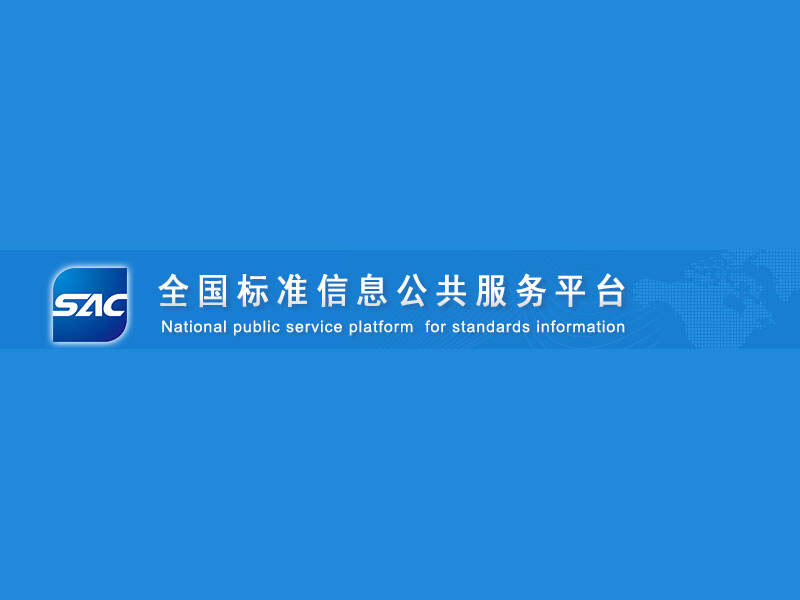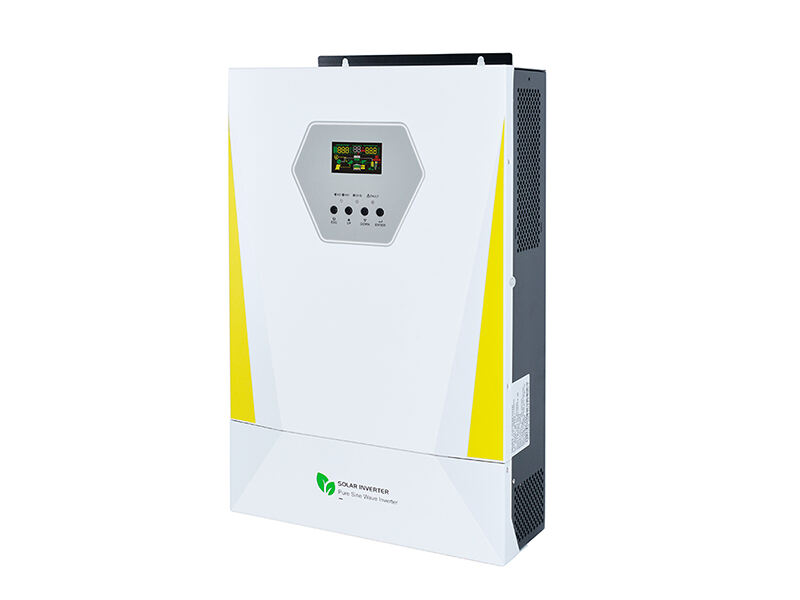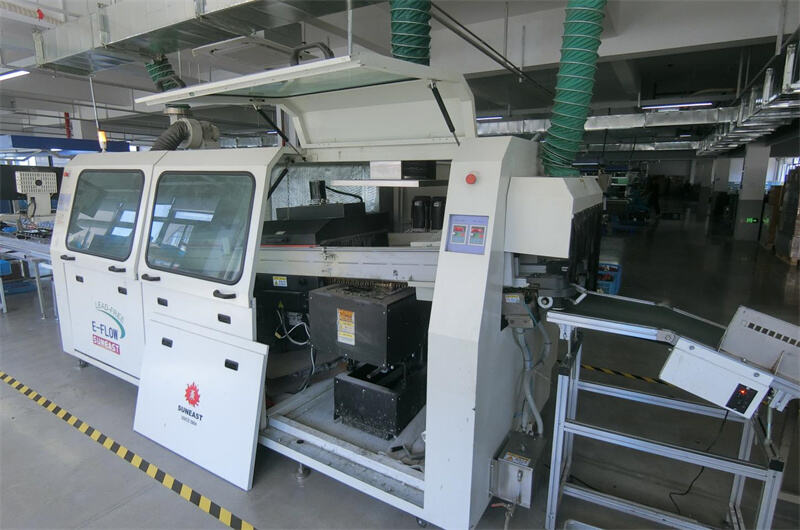Differences between Bidirectional Inverters and UPS, and What are the Advantages of Bidirectional Inverters?
Definition Differences:
- Bidirectional Inverter: Achieves two - way conversion of electrical energy and is applied in energy storage systems.
- UPS (Uninterruptible Power Supply): Provides uninterrupted power supply to ensure continuous operation of equipment.
Functional Differences
1. Energy Flow Direction
- Bidirectional Inverter: Supports two - way energy flow.
- UPS: Transfers energy in a single direction.
2. Efficiency and Stability
- Bidirectional Inverter: Enables efficient two - way energy conversion.
- UPS: Emphasizes short - term stable power supply.
Analysis of Similarities and Differences in Technical Architecture
- Similarities in Hardware Composition
- The basic topological structures are similar, and microcontroller units are commonly present.
- Different Focus on the Software Level
- Bidirectional Inverter: Focuses on the design of balanced interaction relationships.
- UPS: Pays attention to rapid detection and seamless connection.
What are the Advantages of Bidirectional Inverters?
1. Large charging current, reaching 80A (for example, a 100Ah battery can be fully charged in only about 40 minutes). It has a pre - charging function, which can repair the battery and maintain its health and lifespan.
2. Higher charging efficiency, reaching 88%.
3. The PFC (Power Factor Correction) value reaches 0.99, which is a significant improvement compared to 0.55 of UPS, achieving full - digital signal








